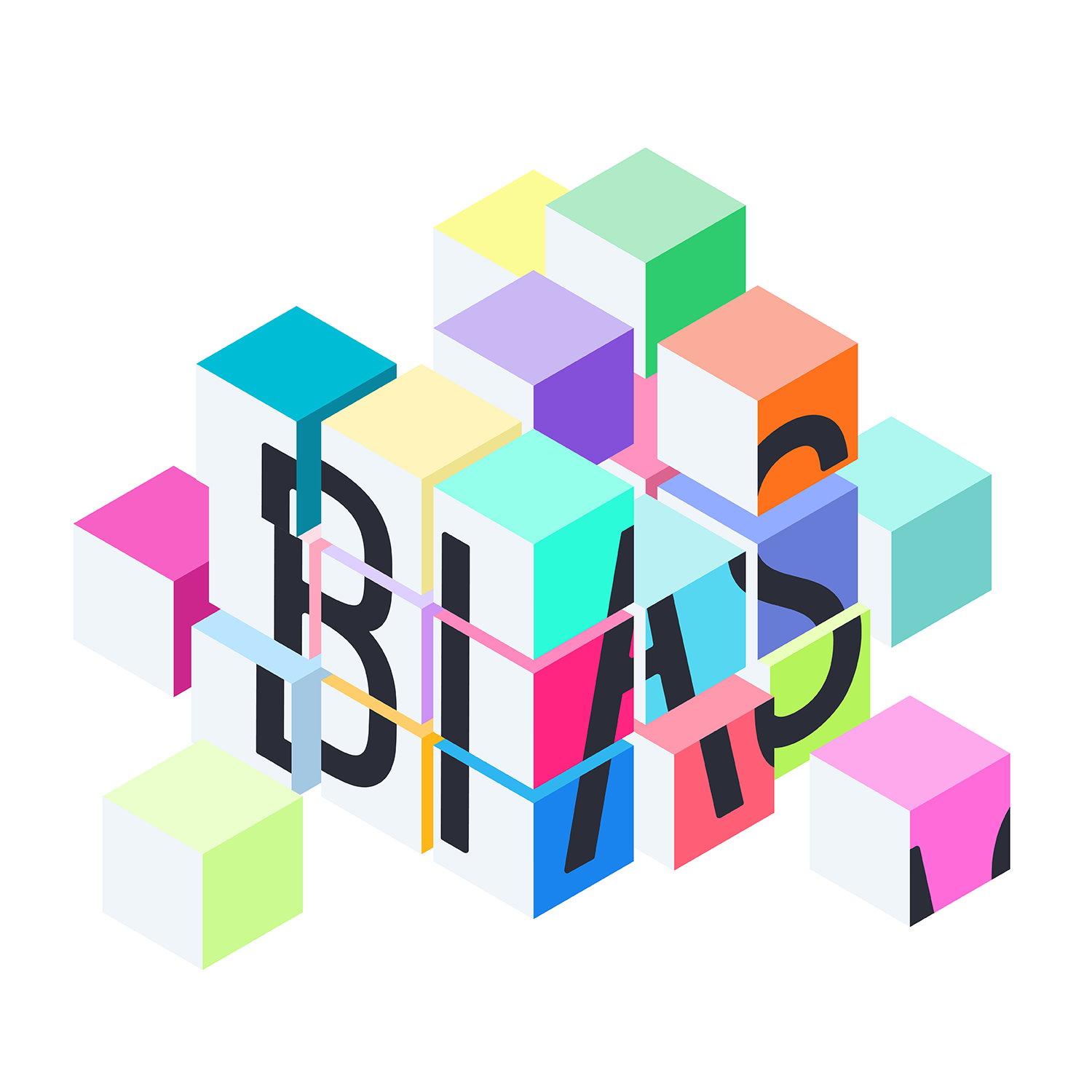By Triesta Fowler, MD

“Intersectionality” as defined by the Merriam-Webster Dictionary is “the complex, cumulative way in which the effects of multiple forms of discrimination combine, overlap, or intersect especially in the experiences of marginalized individuals or groups . ” The term was originally coined in 1989 by Kimberlé Williams Crenshaw, a civil rights activist and legal scholar who is currently a professor of law at Columbia Law School and a Distinguished Professor of Law at the University of California, Los Angeles. She used it to explain how African American women experience the additive effects of both racial and gender discrimination. She believed that to better understand this experience, we must look at the intersection of race and gender instead of looking at them separately.
An analogy that Crenshaw has used to explain intersectionality is to compare it to intersecting roads. The roads are our identities, like race, class, gender, sexuality, age, or ability and the cars on the road are the policies/inequality that can negatively impact those identities. If someone was standing at an intersection of those roads, they would be “hit” by traffic on both roads. Therefore, if an African American woman was “hit” at the intersection of the two roads representing her race and gender identities, she would not be able to get help at the intersection. This is because the “ambulance” which represents most initiatives are usually designed to have just a singular focus. Therefore, it would never reach the woman because it can only go to the race or gender road, not the intersection, making the “ambulance” ineffective. This model illustrates that when a person is impacted by an inequality, damage is done to the whole person not just one of their identities. So, any action to address inequity must consider all identities.
Since its introduction over 20 years ago, the study of intersectionality has grown to be inclusive of all identities and intersections. Race, class, gender, sexuality, age, ability, and others are viewed as different identities that comprise how we view ourselves and how we are viewed by others. Each individual experiences these identities simultaneously and the expression of each identity is shaped by intersection of all the others. When asked today what intersectionality means, Crenshaw comments that “It’s basically a lens, a prism, for seeing the way in which various forms of inequality often operate together and exacerbate each other. We tend to talk about race inequality as separate from inequality based on gender, class, sexuality or immigrant status. What’s often missing is how some people are subject to all of these, and the experience is not just the sum of its parts.”
Environments where you work and live can be inclusive and collaborative when everyone feels free to express all their identities. Explore the resources below to learn more about intersectionality and look at some ways to acknowledge intersectionality with intention from a blog featured on the NIH Office of Equity, Diversity, and Inclusion website by Hillary Flowers:
- Recognize what intersectionality is – Understand that everyone has multiple identities and that we all face unique challenges because of the intersections of our identities. For example, a female scientist at the NIH who was born in the US will face different challenges than a male administrator at the NIH who is a long-term permanent resident.
- Create a safe environment so that all individuals feel secure sharing their stories.
- Bring your whole self to work – Show your true, authentic self at work.
- Raise up the voices of others – When you have the opportunity, raise up the voices of others around you. Respect their stories.
- Collaborate – Collaborate with others who have different backgrounds than you, have different jobs at the NIH, or are from different communities. Think of unique ways to interact with people outside your usual circle of colleagues. Collaboration fosters innovation and expands your network.
Sources/Resources/Additional Reading
Merriam-Webster Dictionary Online, s.v. “Intersectionality,” accessed November 1, 2021, https://www.merriam-webster.com/dictionary/intersectionality.
Crenshaw, K. (1989). “Demarginalizing the Intersection of Race and Sex: A Black Feminist Critique of Antidiscrimination Doctrine, Feminist Theory and Antiracist Politics.” University of Chicago Legal Forum, 139–167.
Crenshaw, K. (1991). “Mapping the Margins: Intersectionality, Identity Politics, and Violence against Women of Color.” Stanford Law Review, 43(6), 1241–1299. doi: 10.2307/1229039.
Flowers, H. “Intersectionality Part One: Intersectionality Defined.” National Institutes of Health. July 18, 2019. https://www.edi.nih.gov/blog/communities/intersectionality-part-one-intersectionality-defined.
Flowers, H. “Intersectionality Part Two: The Workplace.” National Institutes of Health. July 18, 2019. https://www.edi.nih.gov/blog/communities/intersectionality-part-two-workplace.
Flowers, H. “Intersectionality Part Three: Intentional Intersectionality.” National Institutes of Health. July 18, 2019. https://www.edi.nih.gov/blog/communities/intersectionality-part-three-intentional-intersectionality.
Gao, MI. “The Intersections in ‘Intersectionality’.” The Harvard Crimson. February 16, 2018. https://www.thecrimson.com/column/between-the-lines/article/2018/2/16/gao-intersection-of-intersectionality.
Robbins, M. “How to Bring Your Whole Self to Work.” Greater Good Magazine. September 19, 2018. https://greatergood.berkeley.edu/article/item/how_to_bring_your_whole_self_to_work.
Steele, C. M. (1997). “A Threat in the Air: How Stereotypes Shape Intellectual Identity and Performance.” American Psychologist, 613–629. doi: 10.1037//0003-066x.52.6.613.
Steinmetz, K. “Kimberlé Crenshaw on what intersectionality means today.” Time. February 20, 2020. https://time.com/5786710/kimberle-crenshaw-intersectionality.
Crenshaw, K. “The Urgency of Intersectionality.” TED. 18:40. October 2016. https://www.ted.com/talks/kimberle_crenshaw_the_urgency_of_intersectionality.
National Associations of Independent Schools. “Kimberlé Crenshaw: What is Intersectionality?” YouTube Video. 1:54. June 22, 2018.https://www.youtube.com/watch?v=ViDtnfQ9FHc.
